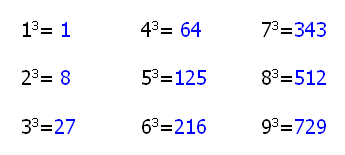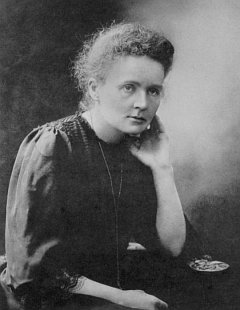The Professor brightened up again. ‘The Emperor started the thing,’ he said. ‘He wanted to make everybody in Outland twice as rich as he was before — just to make the new Government popular. Only there wasn’t nearly enough money in the Treasury to do it. So I suggested that he might do it by doubling the value of every coin and bank-note in Outland. It’s the simplest thing possible. I wonder nobody ever thought of it before! And you never saw such universal joy. The shops are full from morning to night. Everybody’s buying everything!’
— Lewis Carroll, Sylvie and Bruno




